Home>Gardening & Outdoor>Outdoor Recreation & Activities>How Deep Is A Synchronized Swimming Pool
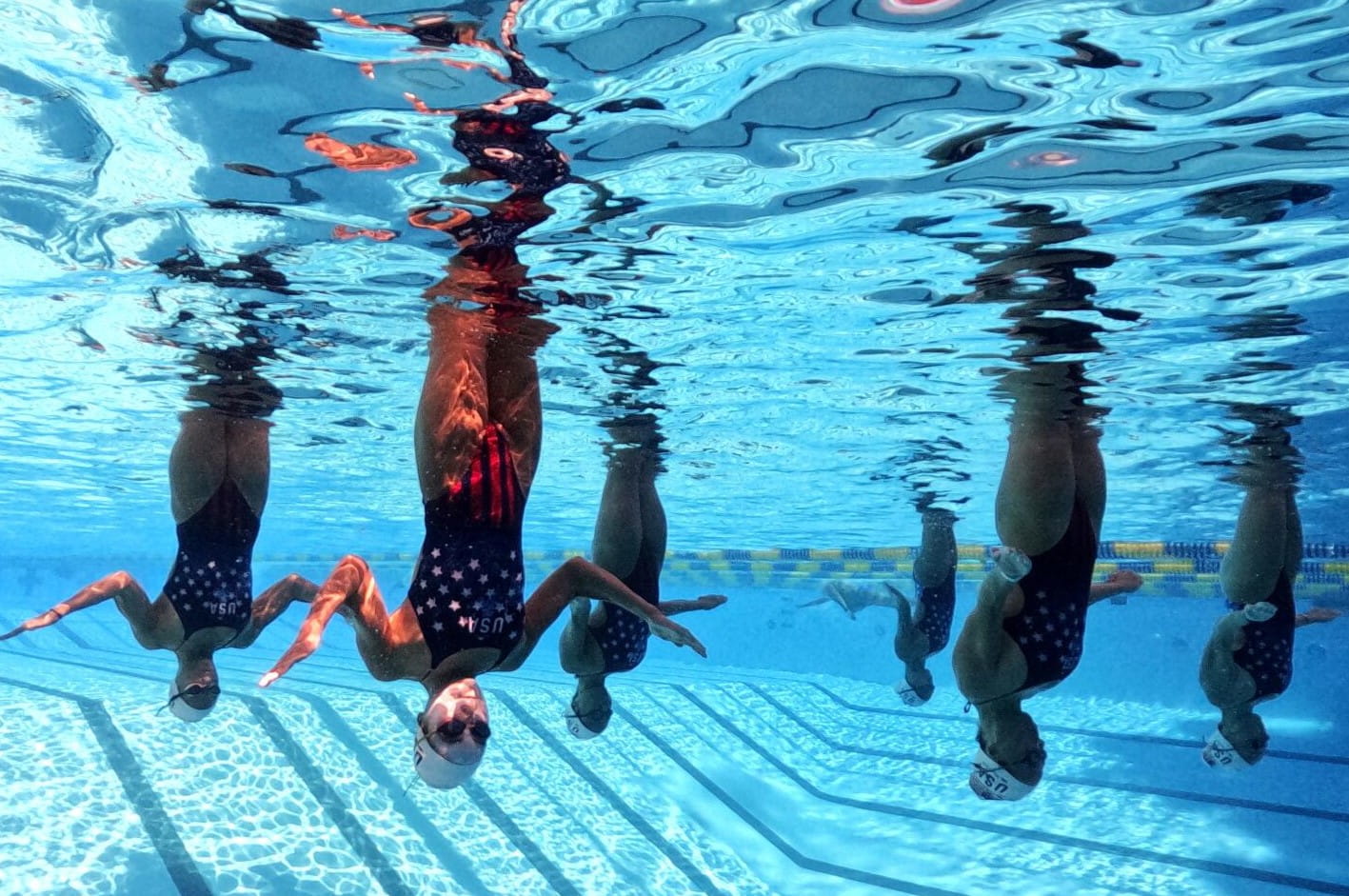

Outdoor Recreation & Activities
How Deep Is A Synchronized Swimming Pool
Modified: February 19, 2024
Discover the ideal depth of a synchronized swimming pool and ensure a safe and enjoyable experience for outdoor recreation and activities enthusiasts. Learn more about pool depth requirements and safety guidelines.
(Many of the links in this article redirect to a specific reviewed product. Your purchase of these products through affiliate links helps to generate commission for Storables.com, at no extra cost. Learn more)
Introduction
Synchronized swimming, a captivating and graceful sport that combines elements of dance, gymnastics, and swimming, has been enthralling audiences for decades. The sport's seamless blend of athleticism, artistry, and teamwork has made it a beloved feature of the Olympic Games and other international competitions. As spectators marvel at the synchronized movements and breathtaking underwater routines, one might wonder about the depth of the pool that serves as the stage for these awe-inspiring performances.
The depth of a synchronized swimming pool is a critical factor that directly impacts the safety and performance of the athletes. Understanding the standard depth requirements, as well as the factors influencing pool depth, is essential for ensuring the optimal conditions for this elegant and demanding sport. Additionally, exploring the safety considerations associated with pool depth sheds light on the meticulous planning and attention to detail required to create a secure environment for synchronized swimmers.
In this article, we will delve into the dimensions of synchronized swimming pools, shedding light on the standard depth requirements and the factors that influence these specifications. Furthermore, we will explore the safety considerations that underpin the design and maintenance of synchronized swimming pools. By gaining insights into these aspects, we can develop a deeper appreciation for the precision and care involved in creating the perfect aquatic setting for synchronized swimming performances.
Key Takeaways:
- Synchronized swimming pools are typically 9.8 to 16.4 feet deep, providing a safe and visually stunning environment for athletes to perform intricate routines with grace and precision.
- Deeper pools offer a cushion of water that minimizes the risk of injuries, allowing synchronized swimmers to showcase their skills with confidence and agility while captivating audiences with mesmerizing displays.
Read more: How Deep Is A Swimming Pool
Standard Depth of Synchronized Swimming Pools
The standard depth of synchronized swimming pools is a crucial element that directly influences the safety and performance of athletes. Typically, the depth of a synchronized swimming pool ranges from 3 meters (approximately 9.8 feet) to 5 meters (approximately 16.4 feet). This depth is carefully determined to provide the ideal environment for synchronized swimmers to execute their routines with precision and grace.
The depth of the pool plays a pivotal role in facilitating the intricate movements and acrobatics performed by synchronized swimmers. It allows athletes to execute elaborate underwater maneuvers, including spins, lifts, and formations, with ample space and safety. The deeper dimensions of synchronized swimming pools also accommodate the vertical movements and lifts that are integral to the sport's choreography, ensuring that athletes have sufficient clearance to perform these maneuvers without compromising their safety.
Furthermore, the depth of the pool directly impacts the visual appeal of synchronized swimming performances. The clear, deep waters not only enhance the aesthetic quality of the routines but also contribute to the overall spectacle of the sport. Spectators are treated to mesmerizing displays as athletes seamlessly transition between the water's surface and the depths below, creating a captivating visual experience that defines synchronized swimming.
In addition to its role in facilitating performances, the standard depth of synchronized swimming pools is essential for ensuring the safety of athletes. The deeper dimensions provide a cushion of water that minimizes the risk of injuries during high-impact movements and lifts. This safety aspect is paramount in a sport that combines athleticism, artistry, and teamwork in a unique aquatic setting.
Overall, the standard depth of synchronized swimming pools is carefully calibrated to provide the optimal conditions for athletes to showcase their skills and artistry. By adhering to these depth specifications, synchronized swimming competitions can continue to captivate audiences with the seamless coordination and breathtaking performances that define this elegant and demanding sport.
Factors Affecting Pool Depth
The depth of a synchronized swimming pool is influenced by a myriad of factors that collectively contribute to creating an optimal environment for athletes to perform with precision, safety, and grace. Understanding these factors is essential for comprehending the meticulous planning and considerations involved in designing and maintaining synchronized swimming pools.
-
Performance Requirements: The intricate and acrobatic nature of synchronized swimming routines necessitates a significant depth to accommodate the athletes' movements. Deeper pools provide ample space for athletes to execute spins, lifts, and formations with freedom and safety. The depth also facilitates the vertical movements and lifts that are integral to the sport's choreography, allowing athletes to perform with confidence and agility.
-
Safety Considerations: The safety of synchronized swimmers is paramount, and pool depth plays a pivotal role in mitigating the risk of injuries during high-impact movements and lifts. Deeper pools provide a cushion of water that minimizes the potential for injuries, offering a protective environment for athletes to push the boundaries of their performances without compromising their well-being.
-
Regulatory Standards: The depth of synchronized swimming pools is governed by regulatory standards and guidelines established by governing bodies such as FINA (Fédération Internationale de Natation). These standards ensure uniformity and safety across competitive venues, setting forth specific depth requirements that must be adhered to in the construction and maintenance of synchronized swimming pools.
-
Underwater Maneuvers: The depth of the pool directly impacts the range and complexity of underwater maneuvers that synchronized swimmers can execute. Deeper pools provide the necessary clearance for athletes to perform intricate movements and formations beneath the water's surface, adding depth and visual appeal to their routines while enhancing the overall spectacle of synchronized swimming performances.
-
Aesthetic Considerations: Beyond its functional role, pool depth also contributes to the aesthetic quality of synchronized swimming performances. Deeper waters create a visually striking backdrop for athletes, enhancing the overall spectacle and allure of the sport. The clear, deep waters serve as a canvas for the athletes' artistry, elevating the visual impact of their routines and captivating audiences with mesmerizing displays.
In essence, the depth of synchronized swimming pools is influenced by a combination of performance requirements, safety considerations, regulatory standards, and aesthetic factors. By carefully considering these influences, designers and organizers can create an aquatic setting that not only meets the technical demands of the sport but also enhances the visual appeal and safety of synchronized swimming competitions.
A synchronized swimming pool is typically 3 meters (9.8 feet) deep. This depth allows swimmers to perform intricate routines without touching the bottom.
Safety Considerations
The safety of synchronized swimmers is a paramount concern that significantly influences the design and maintenance of synchronized swimming pools. The depth of the pool plays a pivotal role in ensuring the well-being of athletes as they execute intricate routines and high-impact movements. Deeper pools provide a cushion of water that minimizes the risk of injuries, offering a protective environment for athletes to push the boundaries of their performances with confidence and agility.
During synchronized swimming routines, athletes engage in a series of acrobatic movements, lifts, and formations both above and below the water's surface. These maneuvers demand a substantial depth to accommodate the athletes' movements and provide a safety buffer during high-impact actions. The deeper dimensions of synchronized swimming pools serve as a crucial safety feature, allowing athletes to perform with reduced risk of collision with the pool bottom and ensuring that they have sufficient clearance for their movements.
Furthermore, the depth of synchronized swimming pools directly impacts the safety of athletes during lifts and vertical movements. These elements are integral to the sport's choreography and often involve athletes being lifted above the water's surface. In deeper pools, athletes and their partners can execute these maneuvers with confidence, knowing that the water provides a protective cushion in the event of any unexpected descent. This safety aspect is essential for fostering an environment where athletes can fully express their artistry and athleticism without compromising their well-being.
In addition to the safety considerations during performances, the depth of synchronized swimming pools also plays a crucial role in training and practice sessions. Athletes undergo rigorous training to perfect their routines, and the safety of the practice environment is paramount. Deeper pools provide a secure setting for athletes to rehearse their movements and lifts, minimizing the risk of injuries during the intense preparation for competitions and performances.
Overall, safety considerations are intricately woven into the depth specifications of synchronized swimming pools. By providing a cushion of water that mitigates the risk of injuries and collisions, deeper pools create a secure environment for athletes to showcase their skills and artistry. This emphasis on safety not only safeguards the well-being of synchronized swimmers but also underscores the meticulous planning and attention to detail that underpin the sport's aquatic settings.
Conclusion
In conclusion, the depth of synchronized swimming pools is a critical element that underpins the safety, performance, and visual appeal of this elegant and demanding sport. The standard depth requirements, typically ranging from 3 meters to 5 meters, are meticulously calibrated to provide the optimal environment for athletes to execute their routines with precision and grace. Deeper pools not only accommodate the intricate movements and acrobatics performed by synchronized swimmers but also enhance the visual spectacle of their performances, captivating audiences with mesmerizing displays.
The factors influencing pool depth, including performance requirements, safety considerations, regulatory standards, underwater maneuvers, and aesthetic considerations, collectively shape the design and maintenance of synchronized swimming pools. These influences underscore the careful balance between technical precision and visual allure, ensuring that synchronized swimming competitions continue to captivate audiences while prioritizing the safety and well-being of athletes.
Safety considerations play a pivotal role in defining the depth specifications of synchronized swimming pools. The cushion of water provided by deeper pools minimizes the risk of injuries during high-impact movements and lifts, fostering an environment where athletes can push the boundaries of their performances with confidence and agility. This emphasis on safety extends to training and practice sessions, where deeper pools offer a secure setting for athletes to hone their skills and perfect their routines.
As synchronized swimming continues to enthrall audiences with its seamless coordination and breathtaking performances, the depth of the pool remains an essential component that supports the artistry and athleticism of the sport. By adhering to the standard depth requirements and considering the multifaceted influences on pool depth, designers and organizers can ensure that synchronized swimming competitions unfold in aquatic settings that are both technically sound and visually captivating.
In essence, the depth of synchronized swimming pools represents a harmonious convergence of safety, performance, and aesthetics, reflecting the meticulous planning and attention to detail that define this unique aquatic sport. As athletes gracefully navigate the depths of the pool, their performances serve as a testament to the precision and care invested in creating the perfect stage for synchronized swimming.
Frequently Asked Questions about How Deep Is A Synchronized Swimming Pool
Was this page helpful?
At Storables.com, we guarantee accurate and reliable information. Our content, validated by Expert Board Contributors, is crafted following stringent Editorial Policies. We're committed to providing you with well-researched, expert-backed insights for all your informational needs.
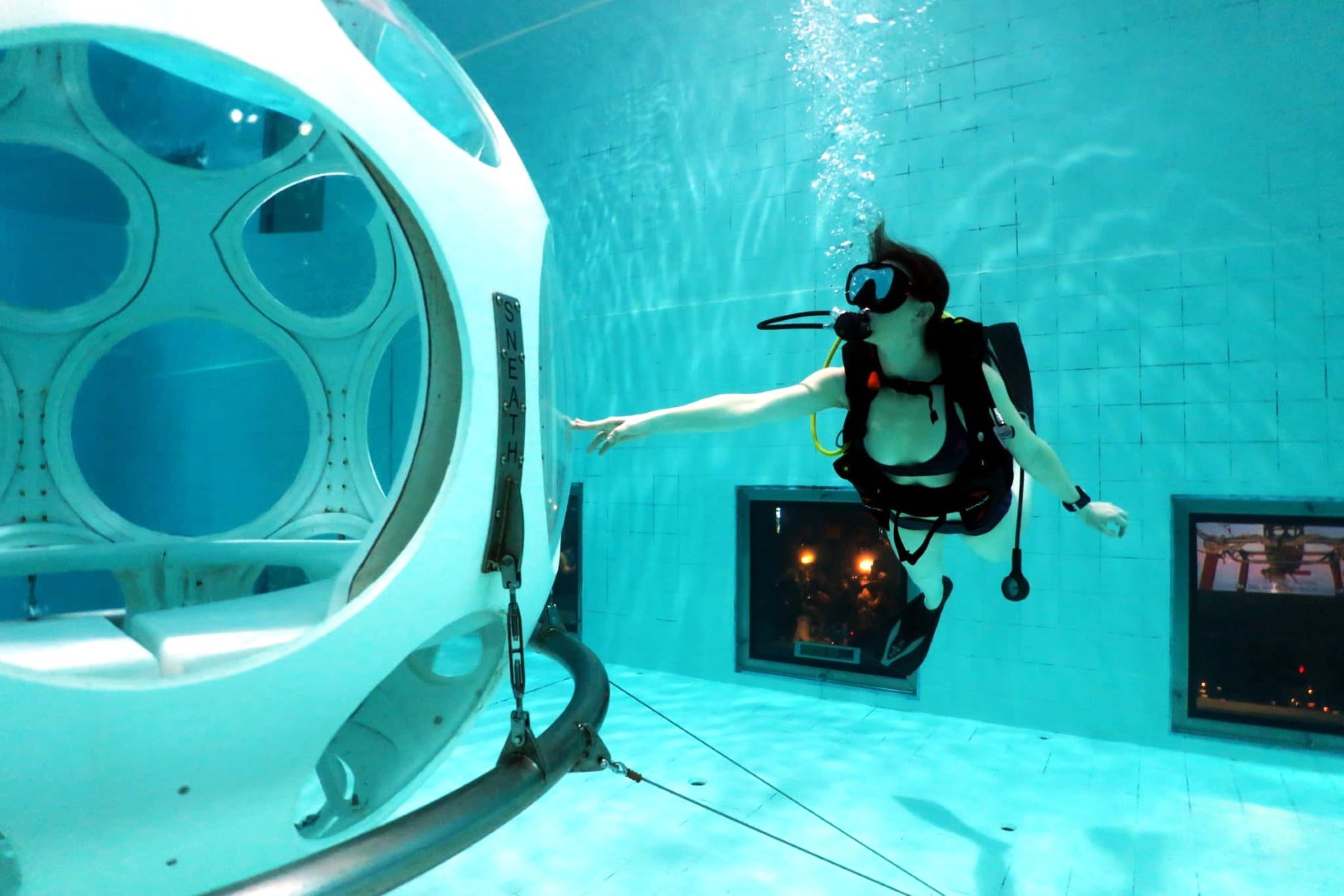









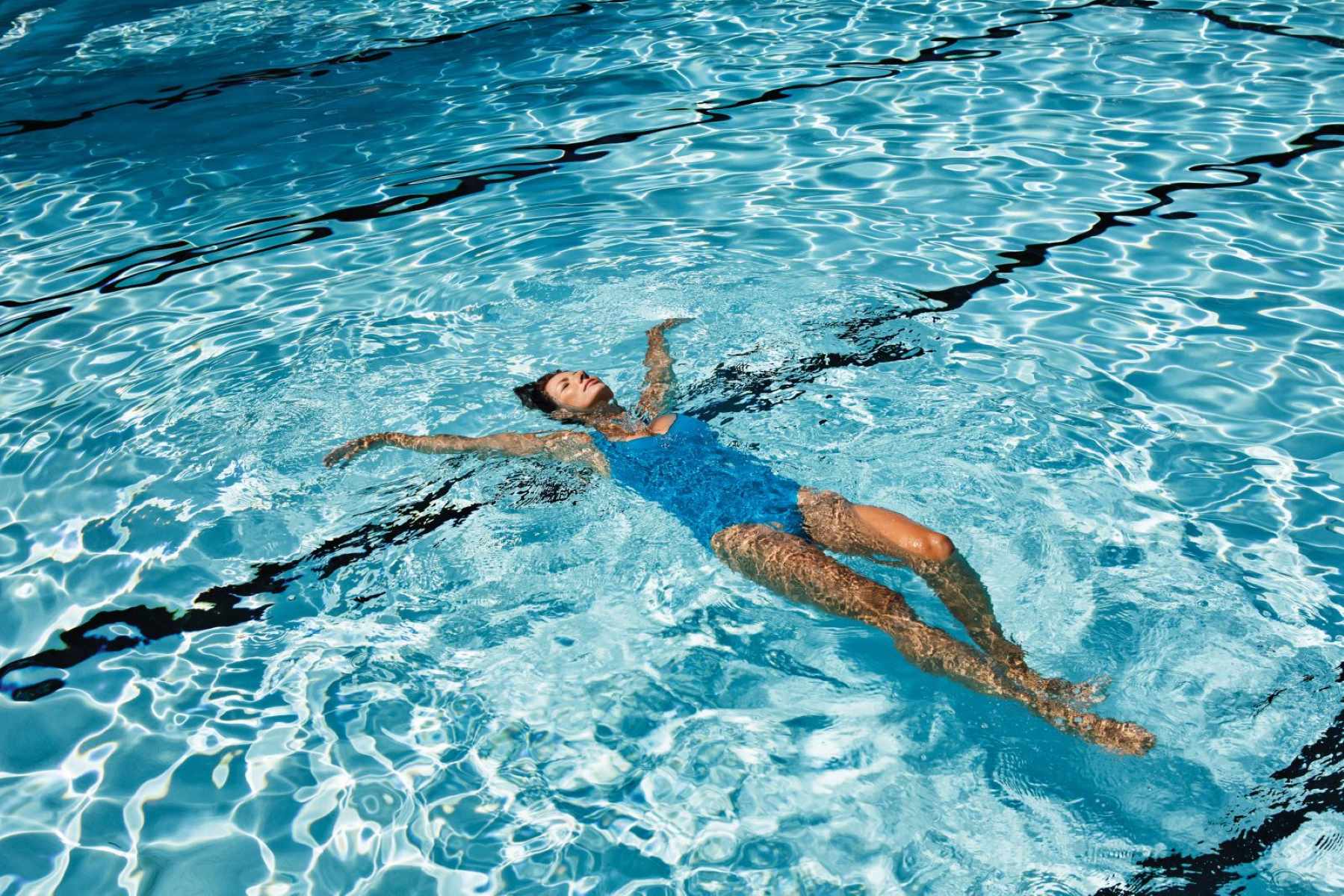
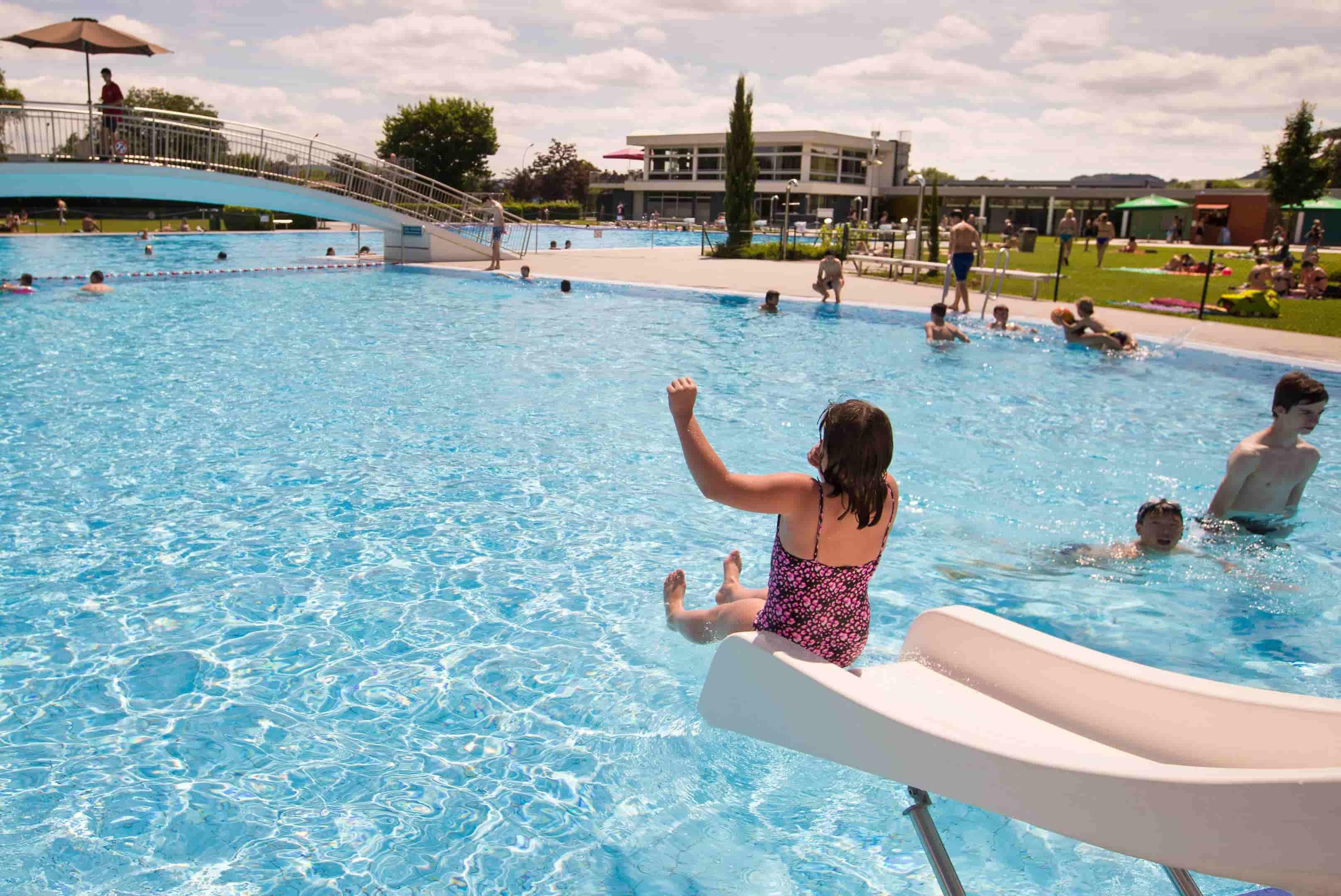
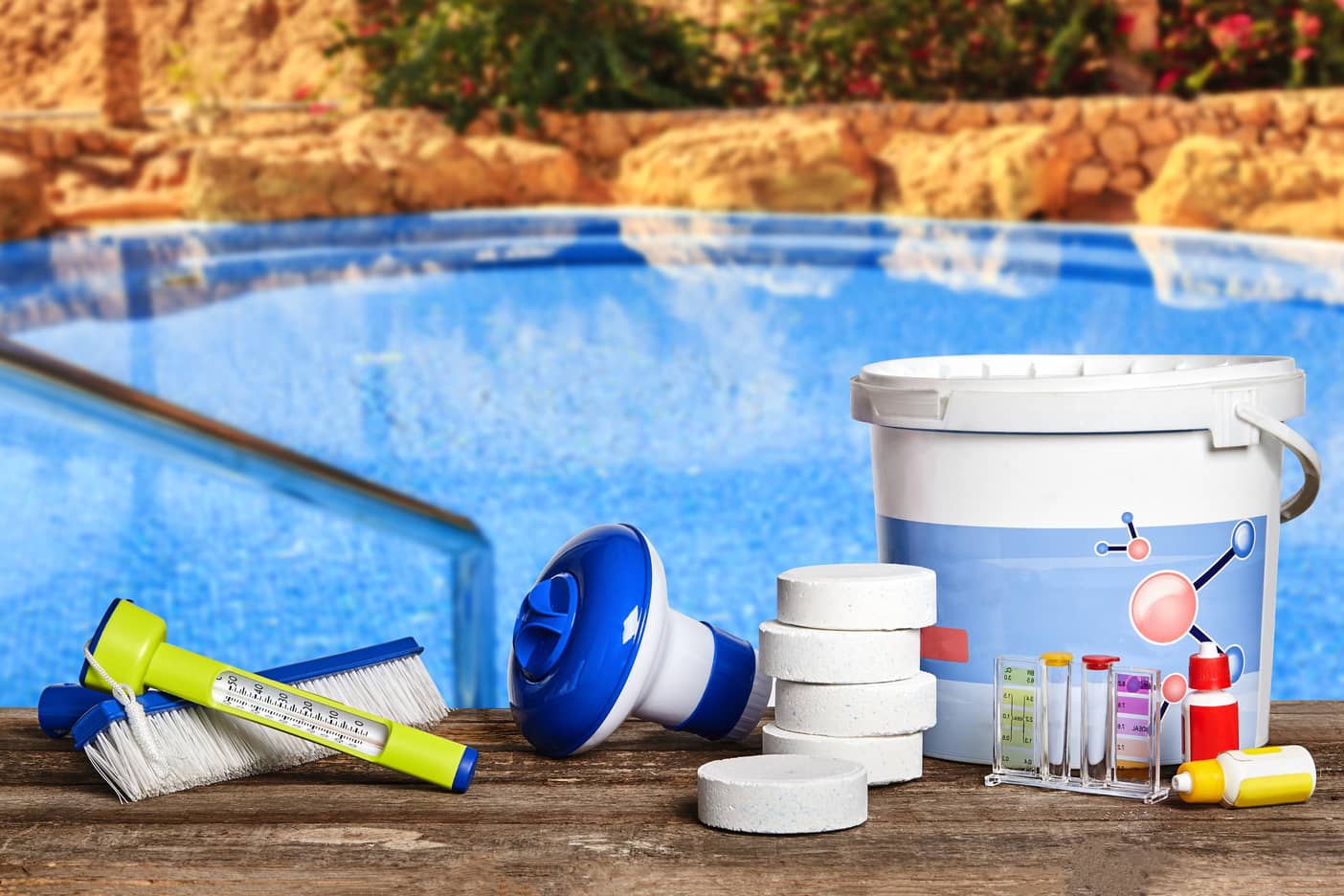
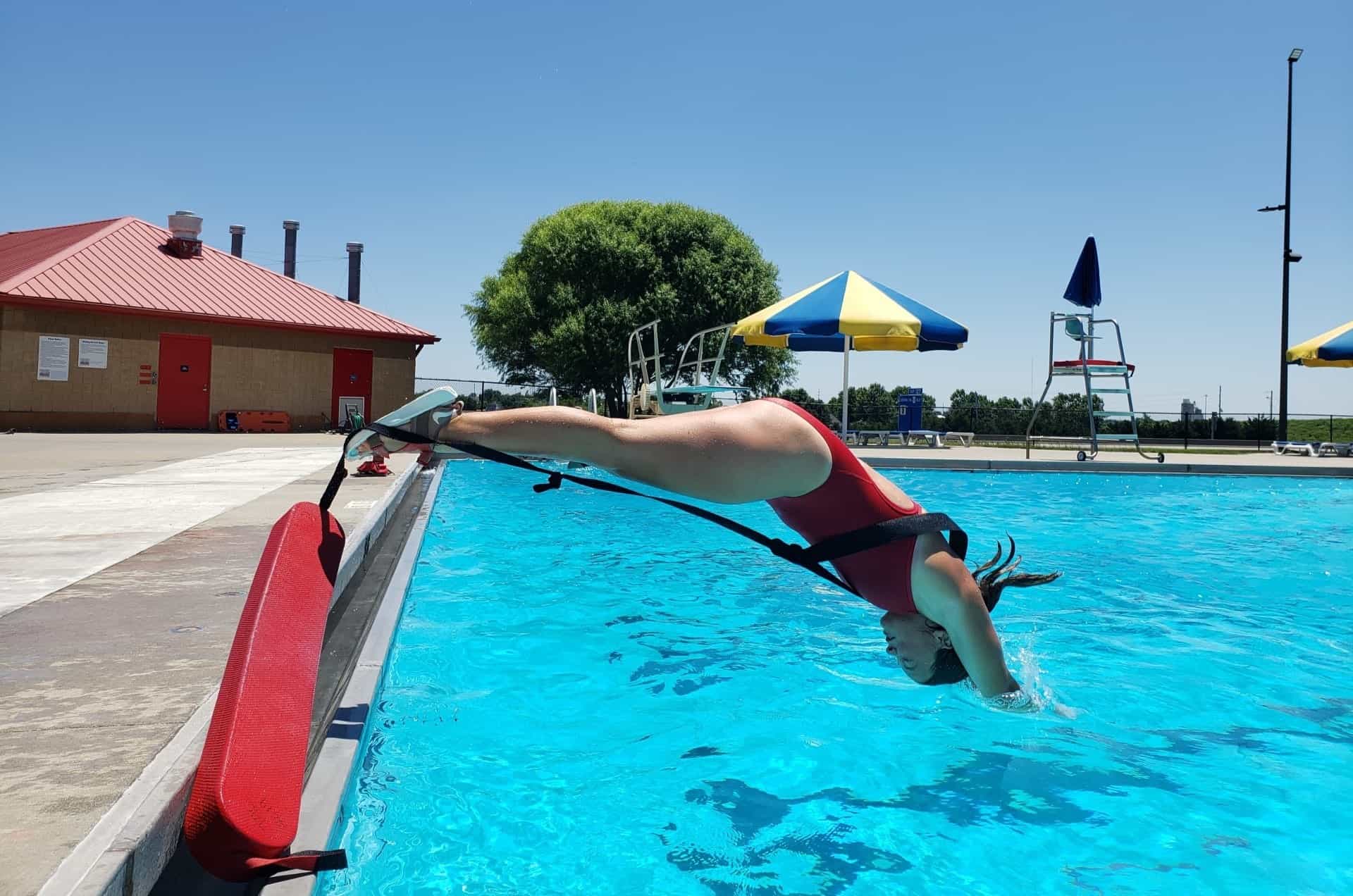
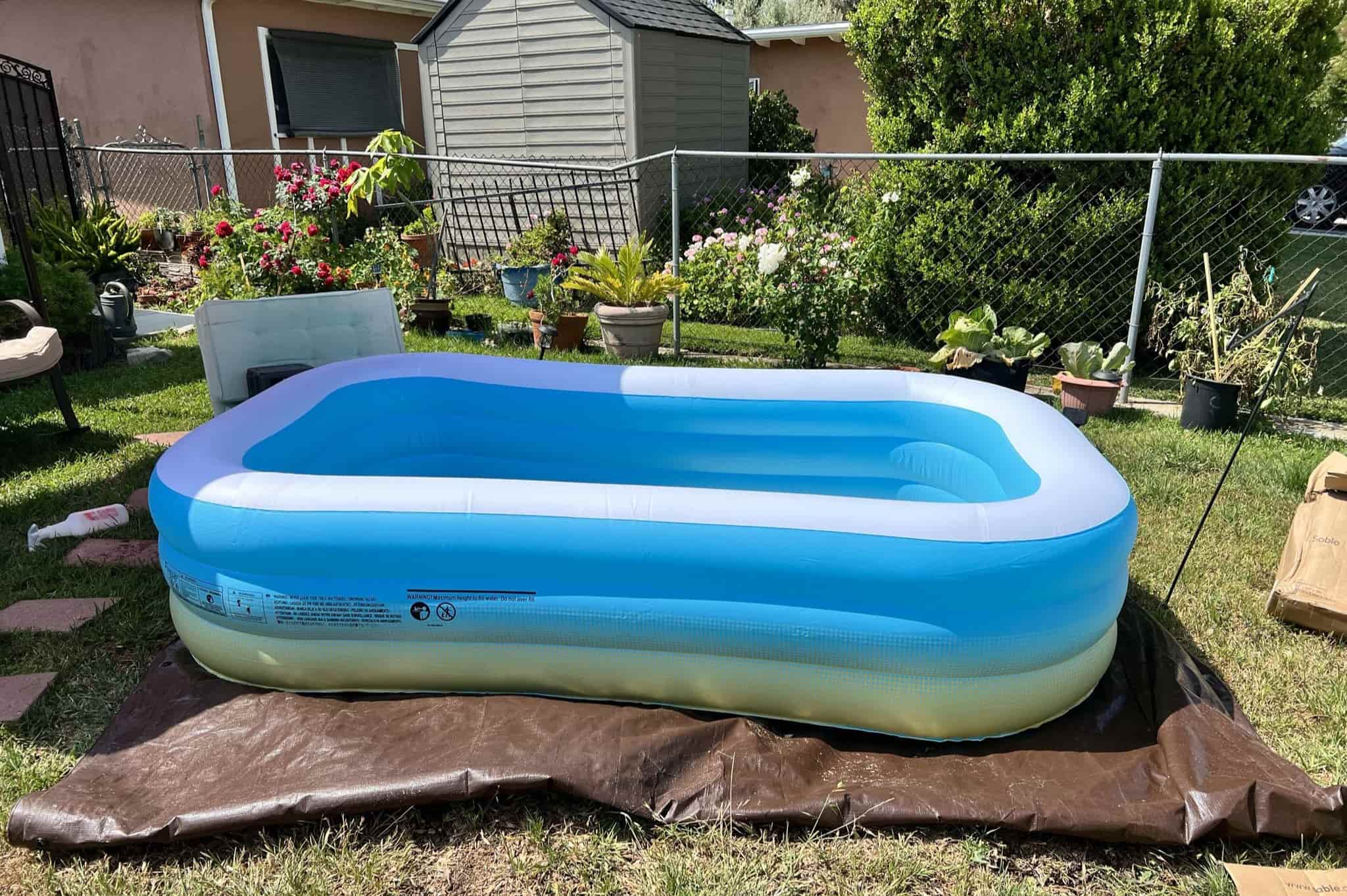

0 thoughts on “How Deep Is A Synchronized Swimming Pool”